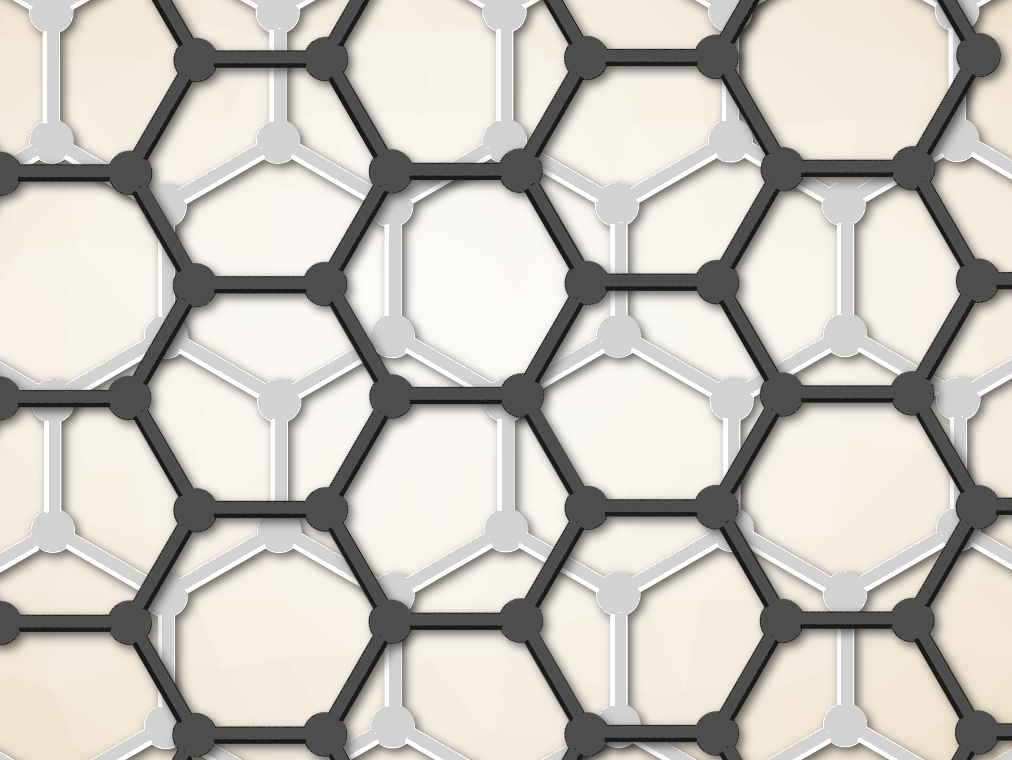The properties of graphene can be altered, e.g., by twisting its layers against each other. This can change the material’s electronic properties, and even induce superconductivity at low twist angles.
Peng Gao and Hailin Peng, Peking University, Beijing, China, Jiamin Xue, ShanghaiTech University, China, and colleagues have grown bilayer graphene quasicrystals with the largest possible twist angle of 30° on a Cu (111) substrate. The team used a two-step chemical vapor deposition (CVD) approach to grow the graphene bilayers using methane as the carbon source, with the copper surface acting as a template. The process is based on thermodynamically controlled nucleation, followed by kinetically controlled growth.
The researchers found that the twisted graphene bilayer has a quasicrystal structure. They also investigated the electronic properties and interlayer coupling of the material using scanning tunneling microscopy (STM) and spectroscopy (STS). The large twist angle between the graphene bilayers causes the two layers to become electronically decoupled around the Dirac point—the transition between the valence band and conduction band.
- Interlayer Decoupling in 30° Twisted Bilayer Graphene Quasicrystal,
Bing Deng, Binbin Wang, Ning Li, Rongtan Li, Yani Wang, Jilin Tang, Qiang Fu, Zhen Tian, Peng Gao, Jiamin Xue, Hailin Peng,
ACS Nano 2020.
https://doi.org/10.1021/acsnano.9b07091




